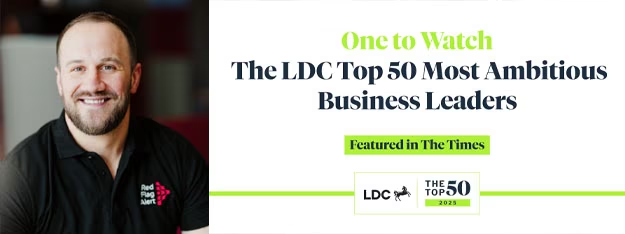Happy holidays from the Red Flag Alert team. Our offices will be closed from 25th December to 5th January, during this period, we will be operating with limited support and queries will take longer for us to respond to. We will endeavour to get back to everyone when we have a full compliment of staff on the 5th of January.






































































